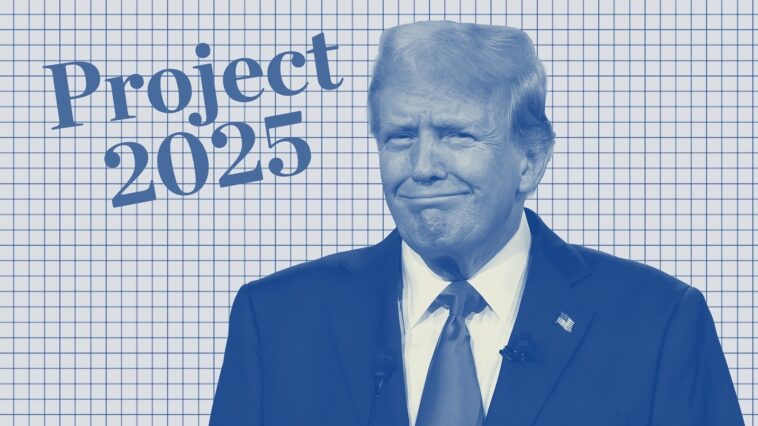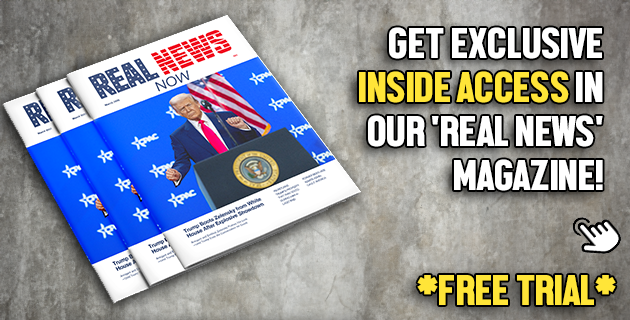As we round up the first 100 days of President Donald Trump’s second term, the traditional milestone for assessing a president’s early impact, we notice an unprecedented frequency of executive orders and expansive tariffs. These tariffs have caused significant tumult in international markets. In addition, concerted efforts have been made to increase border security and cut costs at a federal level, with initiatives led by the newly established Department of Government Efficiency.
Indeed, within only a hundred days into his second term, Trump has already signed an astonishing 143 executive orders. This figure not only surpasses his number of launches in the same duration of his first term by four times, but also exceeds the total combined count of executive orders signed by all 21st century presidents during their starting hundred days.
His executive orders have addressed a wide range of issues. These range from matters relating to diversity, equity, and inclusion (DEI) to specifications on showerheads. However, the majority of his executive orders have focused on government reform and increasing accountability within the system.
One of the earliest executive orders to be signed by Trump established the Department of Government Efficiency (DOGE). This department has been entrusted with the responsibility of streamlining government functions. Following his directive, federal agencies embarked upon large-scale reductions in their workforce, with many deciding to part ways with their probationary employees.
While the exact figures remain undisclosed, an independent analysis estimates that at least 49,000 federal employees were laid off in the course of these reductions. Another area that has been greatly affected by Trump administration’s executive orders is national security and foreign policy.
In his second term, Trump has made significant alterations to America’s international relations and commitments. This includes withdrawing from foreign led organizations such as the UN Human Rights Council and the World Health Organization and dismantling USAID.
President Trump has taken proactive steps to fulfill various campaign promises through a series of executive orders. This includes the discontinuation of DEI practices within the federal workforce and imposing restrictions on transgender individuals in the military and collegiate sports. Among other actions, he has pardoned the Jan. 6 defendants, initiated the deconstruction of the Department of Education, postponed the TikTok ban, and made public the JFK assassination files.
Interestingly, almost half of Trump’s executive orders show significant alignment with the policy recommendations made by Project 2025, even though Trump had clearly distanced himself from the initiative during the electoral campaign. Project 2025 was an endeavor led by the conservative think-tank, The Heritage Foundation, before the November elections and aimed to guide the next conservative president’s policy-making.
According to a Gallup poll conducted during the 2024 election, the majority of voters considered the economic health of the nation as the pivotal factor for their choice. Trump, who secured slight voter favoring in terms of handling the economy, is now facing declining approval rates.
In a recent poll by Gallup, 59% of Americans reported that they believed the economic conditions of the country were deteriorating, with only 36% seeing an improvement. Thus far, Trump has attempted to address the economic situation by rolling back regulations and implementing protections across various industries.
His first day in office saw him declaring a national energy emergency, encouraging departments to address the high energy costs and inadequate development of domestic energy resources that threaten economic stability. However, his popularity dipped following his announcement of all-encompassing tariffs, some specifically targeting China, which subsequently led to a drastic fall in the stock market.
Post the market crash, a 90-day pause was announced on all tariffs. As a result, the consumer price index gradually fell from a high 3% in January to a 2.4% inflation rate in March. Meanwhile, about one third of the 143 executive orders have been challenged legally.
In total, the administration has faced 123 lawsuits questioning the legality and implementation of these executive orders, with nine of them currently fully blocked by the courts. Some of these cases are still in progress, but there have been instances where judges have decided to uphold the administration’s actions while the legal proceedings continue.




